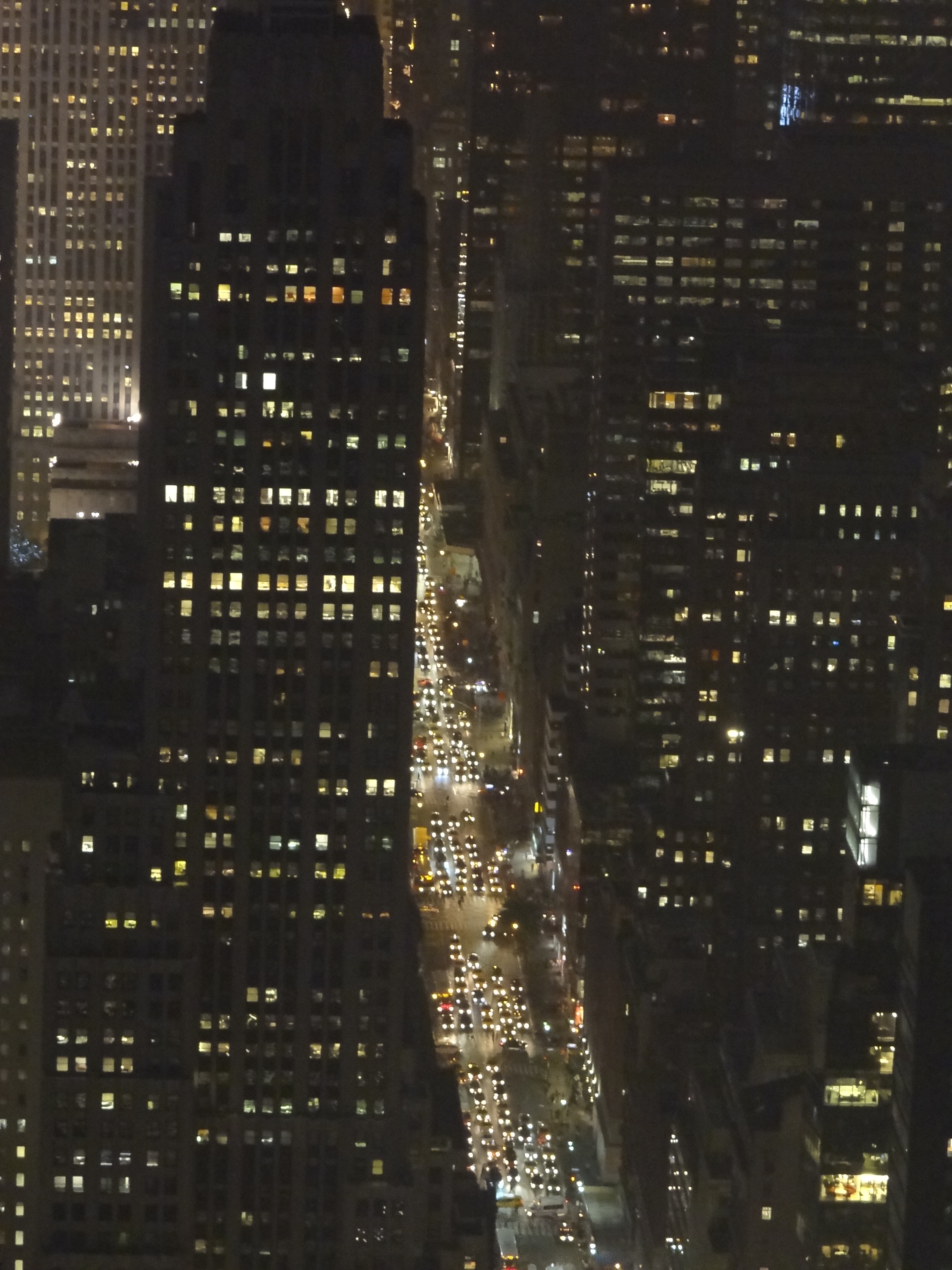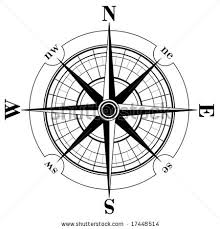
Sight-Seeing
A couple of years ago we took a trip to New York City. We got a great guide book, marked off the tourist spots we wanted to see, made some reservations, and set off, intrepid travelers full of expectation. And expectations were met. After JFK spewed us from its terminal, we held on for dear life in a dirty yellow taxi clearly driven by a madman.
Sweating and breathless, I gasped at the near misses and close calls with cars and bicycles as we weaved our way to our hotel. As much as possible, I craned my neck this way and that, trying like a sponge to absorb the city view. Apartments running from block to block, laundry hung from the railings and fire escapes; lines of uniformed children on their way to a field trip at the museum on the corner; bricks, asphalt, concrete; shop windows full of women’s clothing, street carts offering a quick tasty lunch; glassed-in buildings stretching tall, so high you couldn’t see the tops without tipping your head back and back until dizziness set in. So much to see!
One of my best childhood friends works in a building in Times Square. Once we left our hotel and made our way to her office, we stood in the middle of the block, turning like rotisseries, goggling at the lights, colors, costumed performers, and advertisements, each boasting more movement and neon than the last. It was exhausting, the definition of sensory overload.
We entered her building and it was as if we’d stepped into an alternate universe. The vacuous lobby echoed with the clack of polished heels. Overhead lights reflected on the chrome and glass in muted shades of gray and sophisticated ivory. I felt myself relax from the absence of sensory onslaught. My friend was dismissive of the display just outside the doors. She waved her hand and rolled her eyes. “This is just for the tourists,” she said. “If you live here, it’s kind of embarrassing.” She gave us pointers on what to see for the afternoon and suggested we download KickMap, a great app for navigating the subway. “Also,” she said, “Use Maps on your phone for when you come up out of the stations. It can be disorienting.”
Duly armed, we made our way to the nearest station and set off for our first tourist site. We must have walked miles that day, jostling with other pedestrians: all nationalities and colors, crowds of tourists, students from NYU, women in business suits and tennis shoes, hoofing to their next destination, high heels stowed in their designer bags. Up and down into the subway stations we went, going from the gusty winds and sirens above to the stuffy, graffiti-ed tunnels below. Every time–EVERY time–I emerged from the steps onto the street, pushed by the flow of people, my neck swiveled like a dizzy owl as I tried to get my bearings. Which street was this? Which direction were we headed? I’d consult the Maps app on my phone, watch the blinking beacon that was “me” as I walked, and nine times out of ten I’d be headed the wrong way.
the wrong way.
Admittedly, a sense of direction was not one of my gifts. When I was a kid, the compass rose on the top of a map caused me no end of confusion. North was always at the top, so I reasoned that it was always in front of me. Whichever direction I faced as I held the map, no matter where I was standing, would always be North. East was always to my right, South always behind. My disoriented brain did not comprehend that the directions were constant, while I was the one changing. At dinner parties, my father would call me over and ask which direction I was facing. “North,” I would say, exasperated, “Always North!” (Ok, so I was never in Girl Scouts.)
At the end of our sight-seeing day, we came up out of a subway station and a woman kept pushing my shoulder from behind, saying “Excuse me.” I kept edging out of her way, but she kept pushing until I began to feel nervous and hug my purse tighter. When I finally turned my head to give her a “back off, lady” look, I realized why she persisted. She was blind. She was in her mid 60’s, short with frizzy brown hair, and had a heavy New York accent. She clearly expected me to do her bidding. I turned to her, and as she sensed my posture change, she hooked her arm in mine. “Can you point me in the direction of East 125th?”
I was already fumbling with the apps on my phone. I stammered, “I’m not actually from here.” She had no patience with my incompetence. “I know where I’m going,” she huffed, “Just point me in the direction. I don’t know how this subway comes up.” By some miraculous stroke of luck, I happened to spot a street sign that was where she wanted to go. I took a couple steps in that direction and told her that was the way. She unhooked her cane from her free arm and set off confidently, her face tilted slightly up and to the left, as if she were listening to a pleasant melody.
I stood there stunned, my destination forgotten. All I could think was how confused I’d been all day, the distances I’d traveled, the sights I’d seen, the swirl of color and lights in Times Square. How I could barely navigate my way a few blocks with the repeated use of maps and constant landmark checking. You know that game where you’re blindfolded and spun around and then asked to hit the hanging pinata? She lived that every day. Except instead of whacking a paper donkey for candy she was making her way through the congested streets of one of the biggest cities in the world.
She amazed and humbled me, this stranger, in our brief encounter. While my husband and kids stood huddled over their phones, debating over which way we should head, I leaned back against the rough brick of a corner building and shut my eyes. I imagined the life the woman might lead, and tried to distinguish direction without any visual cues. The city’s sensory attack was definitely thwarted without sight. With the sirens, honking taxis, cell phone conversations, and footsteps, I couldn’t discern any helpful pattern. Smells: hot dogs, sewage, someone’s bold choice of cologne, exhaust fumes. Opening my eyes in panic, I realized how brave she was, not even a service dog to help guide her.
During the rest of our stay, I noticed the streets differently. I marked the neighborhoods not by sight but tried to distinguish them by sound or smell. The perfume of the flower stall on the corner, the spicy Thai restaurant, the quiet conversation of the old men playing chess by NYU, a solo saxophonist making music under a bridge in Central Park. It was a game, eavesdropping on the city, trying to decipher the clues of my surroundings. I let the family navigate by sight as I trailed along fascinated by the city’s other senses.
How ironic that a blind woman would have added such depth to my sight-seeing. I still can’t find my way out of a paper bag. But when we travel now, I frequently pause to appreciate the non-visual aspects of a new place, to think how I would describe it to someone without sight. That day, we were each an example of the blind leading the blind. I’d thought I was taking in the city in all its glory, but she showed me a deeper way to “sight see.”
